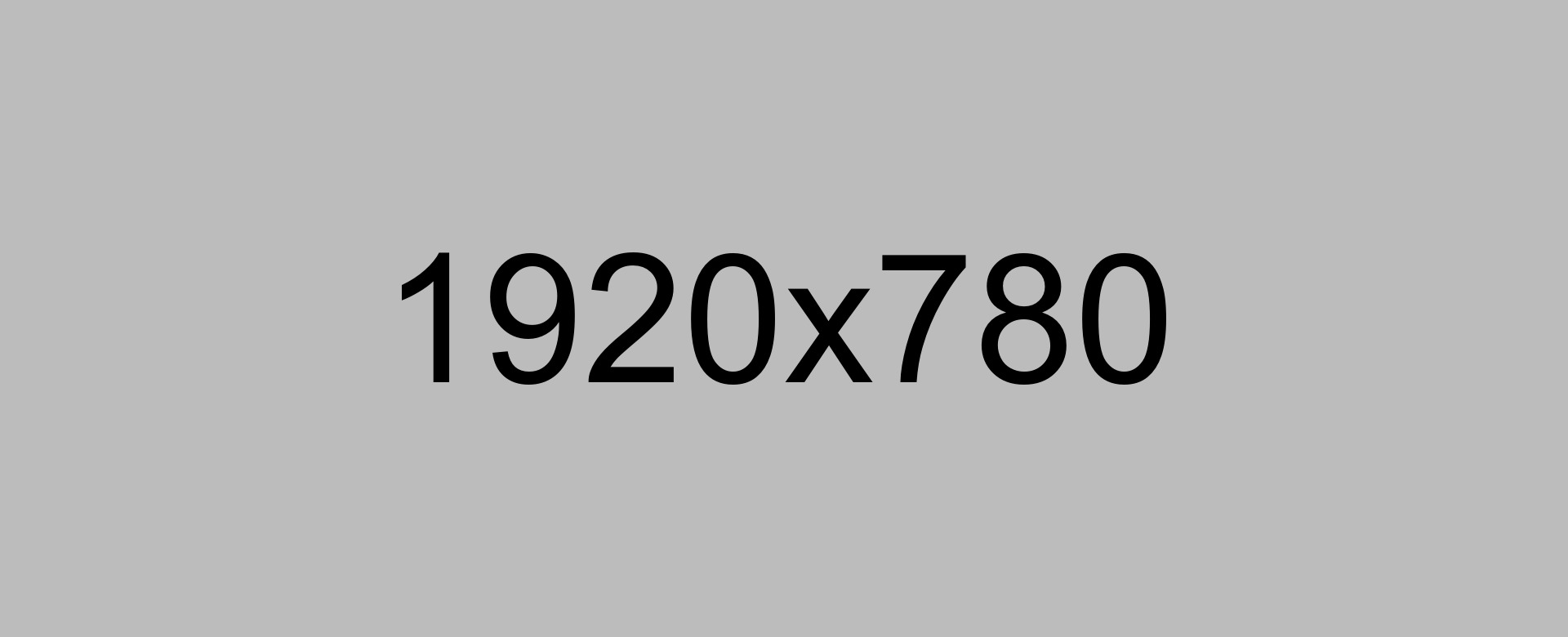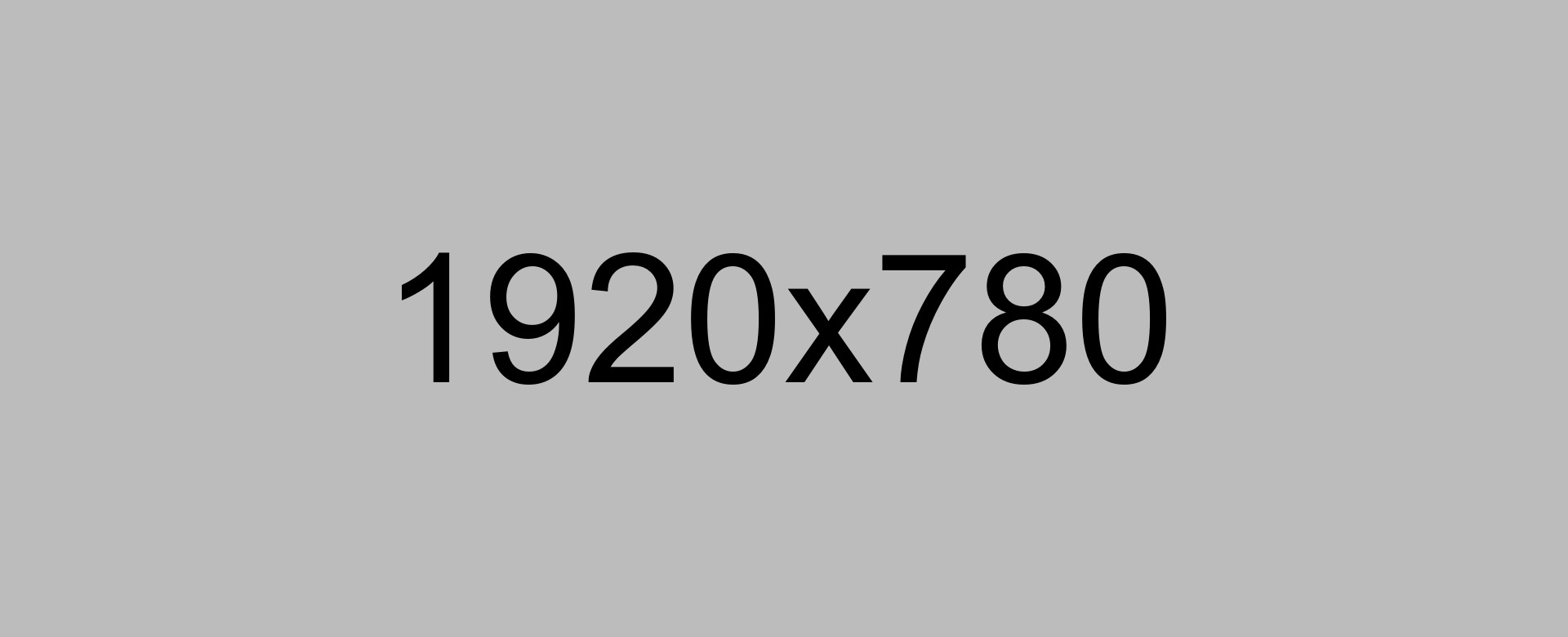Life Cycle Assessment
Historic
During the first oil crisis, between the 60s and the beginning of the 80s, some studies involving a very basic form of what we know today as Life Cycle Analysis started. Especially due to the concern created when it was discovered that such a resource was an exhaustible source. The search for alternative sources of energy and the improvement of existing processes was intensified in order to optimize the consumption of depletable natural resources.
Many of these studies addressed the issue of consumer goods packaging and recycling policy, and aimed mainly at comparing returnable versus single use (one way).
In 1965, the American beverage company Coca-Cola Company supposedly paid for a study to compare different types of packaging in order to identify the most environmentally appropriate container. Performed by the Midwest Research Institute (MRI), this process of quantifying the use of natural resources and the emission rates for the environment was called Resource and Environmental Profile Analysis (REPA).
Considered a milestone for the emergence of the “Life Cycle Assessment” concept in 1974, at the behest of the United States Environmental Protection Agency (USEPA), there was an improvement in the REPA model, serving as a basis for establishing a procedure for comparing environmental impacts generated by these products. Subsequently, on the European Continent, a similar procedure called Ecobalance was developed.
Subsequently, different methods were applied to the same products, however, the results were not always coincident, which undermined the reliability of this tool. The main differences were related to energy needs, emissions in general and generation of solid waste. This era is referred to by some authors as the “LCA war” phase.
Therefore, with this need to organize a methodology and criteria for LCA, new scientific bodies have emerged. The Society for Environmental Toxicology and Chemistry (SETAC) created in 1979 in the USA stands out. Likewise, based mainly on publications from SETAC, the International Standardization Organization (ISO) started in 1993 the development of standards for environmental management with international acceptance. As a result of this work, the ISO 14000 series of standards was published, which includes the LCA requirements (ISO 14040 series).
More recently, in 2000, a partnership between SETAC and the United Nations Environment Program (UNEP) was established, originating the Life-Cycle Initiative, which aims to develop and disseminate practical tools to assess the life cycle of product systems.
Standardization
ABNT NBR ISO 14040: life cycle assessment: principles and structure. Rio de Janeiro: ABNT, 2009, 21 p.
ABNT NBR ISO 14044: life cycle assessment: requirements and guidelines. Rio de Janeiro: ABNT, 2009, 46 p.
ABNT ISO / TR 14047: life cycle assessment: illustrative examples of how to apply ABNT NBR ISO 14044 to impact assessment situations. Rio de Janeiro: ABNT, 2016, 91 p.
ABNT ISO / TR 14049: life cycle assessment: illustrative examples of how to apply ABNT NBR ISO 14044 to the definition of objective and scope and to inventory analysis. Rio de Janeiro: ABNT, 2014, 53 p.
ABNT ISO / TS 14071: life cycle assessment: critical analysis processes and analyst skills: Additional requirements and guidelines for ABNT NBR ISO 14044: 2009. Rio de Janeiro: ABNT, 2018, 12 p.
Structure
An LCA study is structured by four main phases: Objective and Scope Definition phase; Inventory Analysis phase; Impact Assessment phase and finally the Interpretation of results phase. These four steps are iteratively linked together as shown in Figure 1 (in Portuguese):

Figure 1. LCA stages. Source: ABNT, 2009.
1) Definition of Objective and Scope
The objective and scope definition comprises the decisions that will lead the LCA study to its final results, so it is extremely important to clearly and correctly establish them .
Regarding the Objective, the following should be addressed:
- the intended application of the study and the reasons for its execution;
- the target audience (to whom the results should be communicated);
- if it is a comparative study;
While the Scope must include the following items:
- the product system to be studied;
- the functions of the product system (or systems in comparative studies);
- the functional unit;
- the system boundaries;
- allocation procedures;
- selected impact categories and impact assessment methodology;
- data requirements;
- assumptions;
- limitations;
- type of critical review if applicable;
- type and format of the report;
LCA, being an iterative process, allows the study administrator to modify the various aspects addressed in the scope, aiming to meet the objective originally set.
2) Life Cycle Inventory Analysis
This stage comprises data collection and calculation applied to the inputs and outputs of the studied product system. The calculation procedures aim to quantify each flow and reference it according to the functional unit already chosen in the previous step of the LCA. The energy and mass balance is an important condition that must be respected, guaranteeing the integrity and control of the processes. It is usually the stage that demands the most effort, resources and time, since not all data is easy to survey. Some factors must be considered:
- product system flow chart;
- calculation procedures;
- allocation procedures;
3) Life Cycle Impact Assessment
This phase of LCA's main objective is to study the significance of the potential environmental impacts of a product system, using the data compiled in the LCI. There are different ways to carry out this evaluation and many methods have already been created. Therefore, one must pay attention to the transparency of the assumptions and consider aspects such as subjectivity in the analyzes or differences between indicators and impacts.
Mandatory elements of this phase of the LCA must contain:
- Choice of impact categories, indicators for these categories and characterization models;
- Classification of ICV results (correlation with the impact categories);
- Characterization calculations;
The result of the LCIA is the values in category indicators, characterized according to the models applied. Optional factors of the LCIA are:
- Normalization;
- Grouping;
- Weighting;
The scope of the results, including the degree of communicability and the degree of subjectivity, depends on the use (or not) of the optional factors applied in the study.
4) Interpretation
In this step, the findings of steps 2 and 3 of an LCA are considered together, so that information from the Inventory and information generated by the Impact Assessment are converged in the form of conclusions and that provide recommendations. It is important that the interpretations are in accordance with the initial definitions of objective and scope, and that they explain the limitations of the study, carrying out a critical analysis in relation to the quality of the data (LCI) and the LCIA method used, especially with regard to subjectivity associated with it.
Like all the steps previously described, interpretation is an iterative process, allowing to review and revise the initial definitions, as well as the quality and nature of the data collected, in a consistent manner with the proposed objective.






